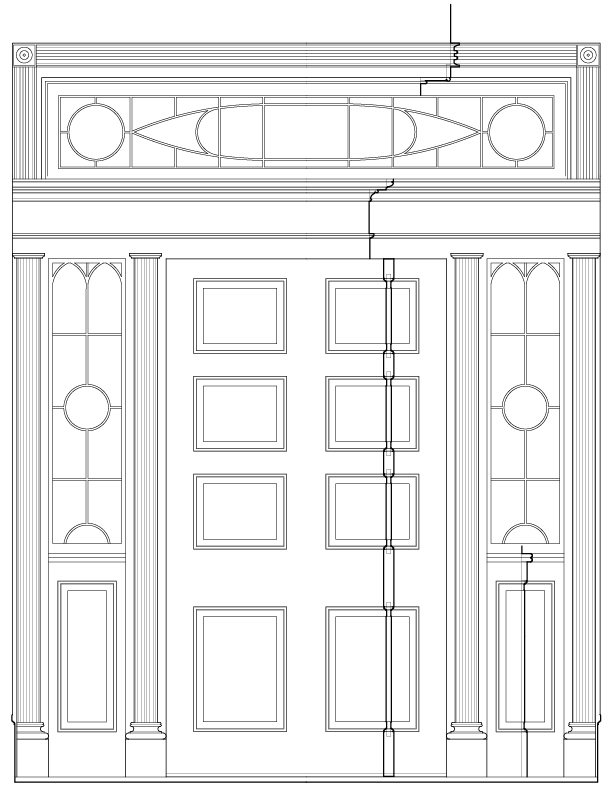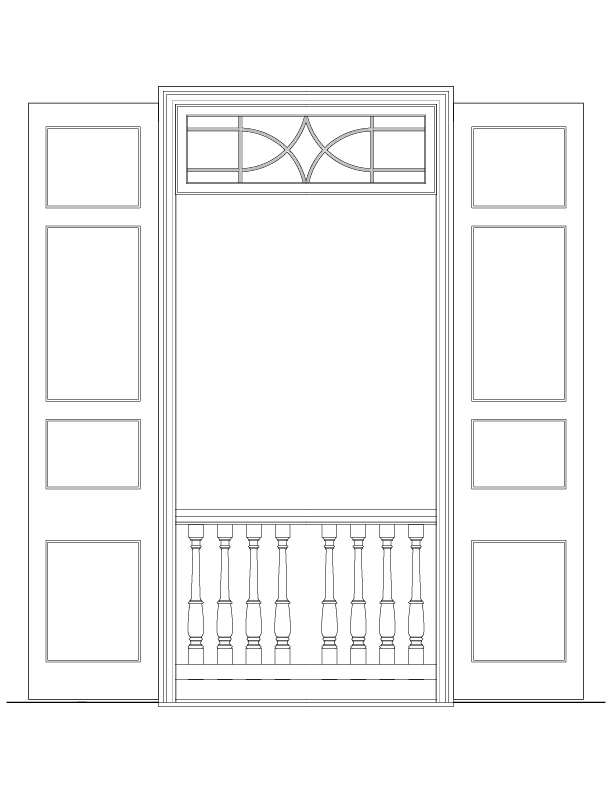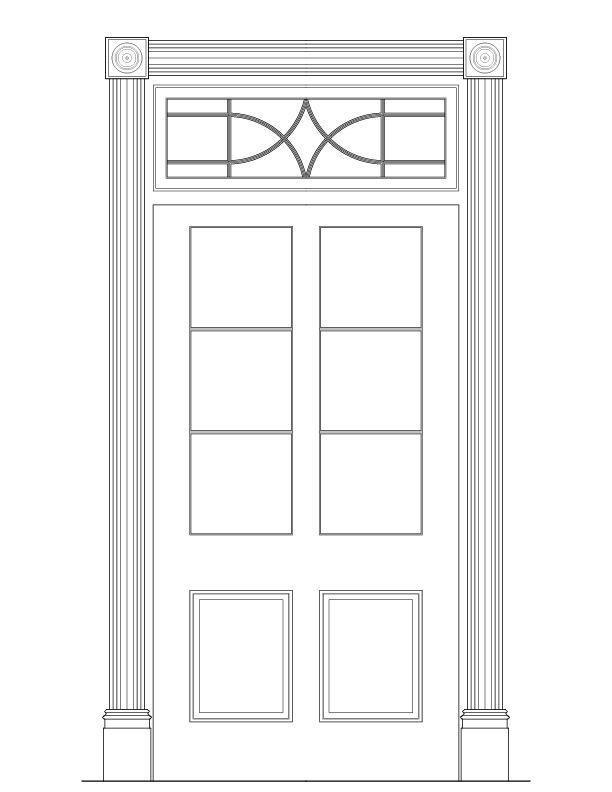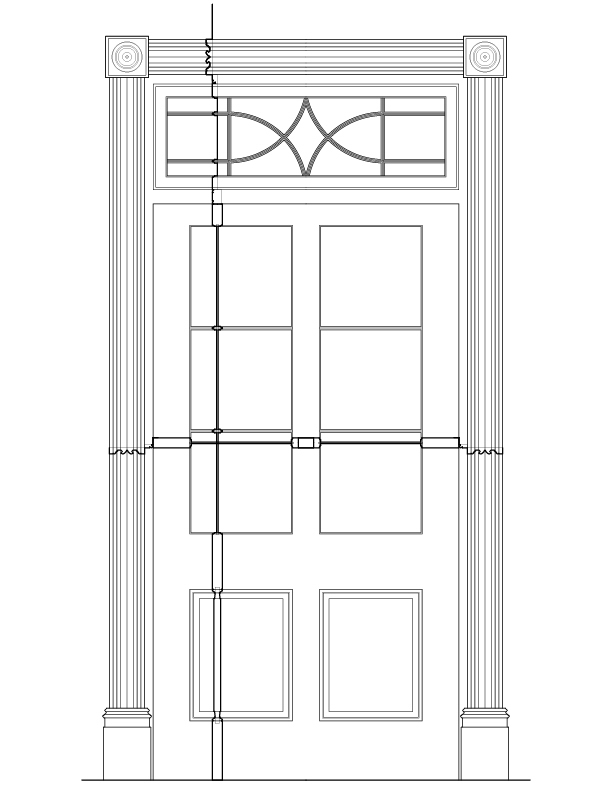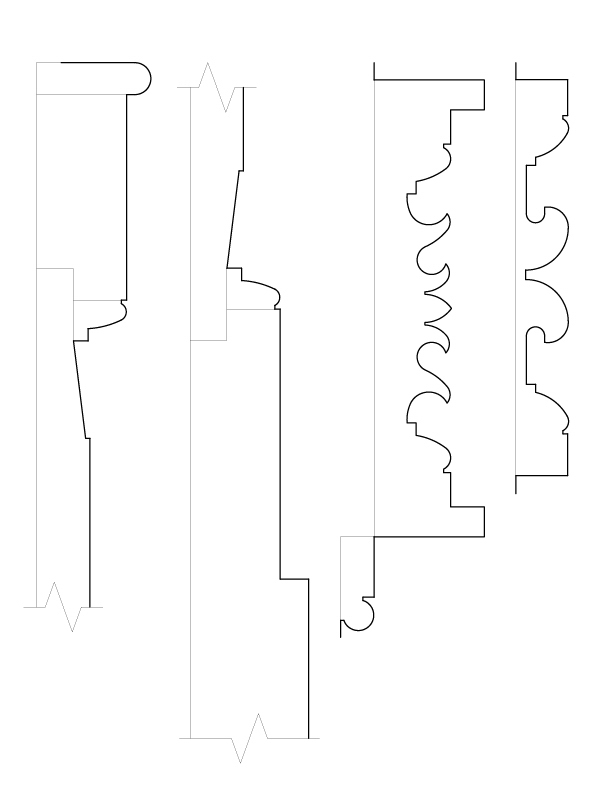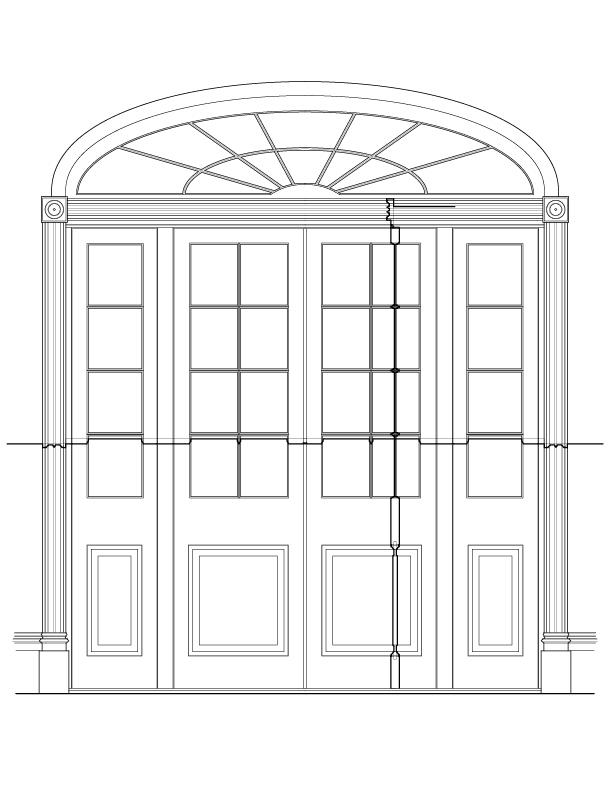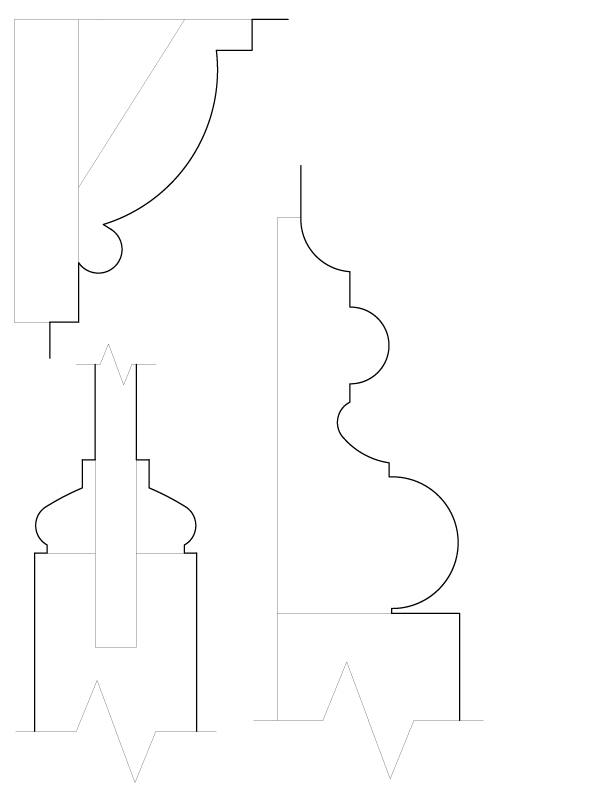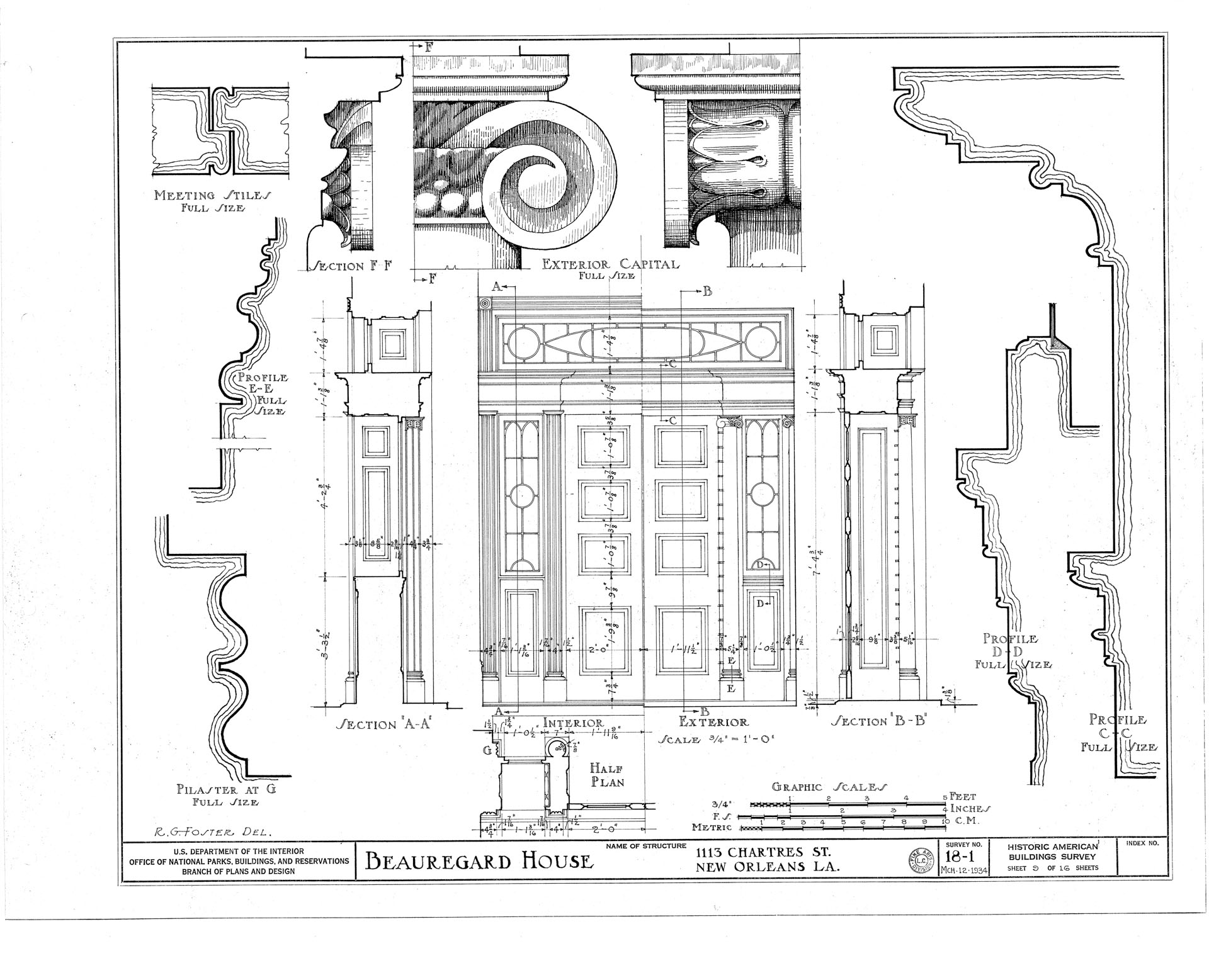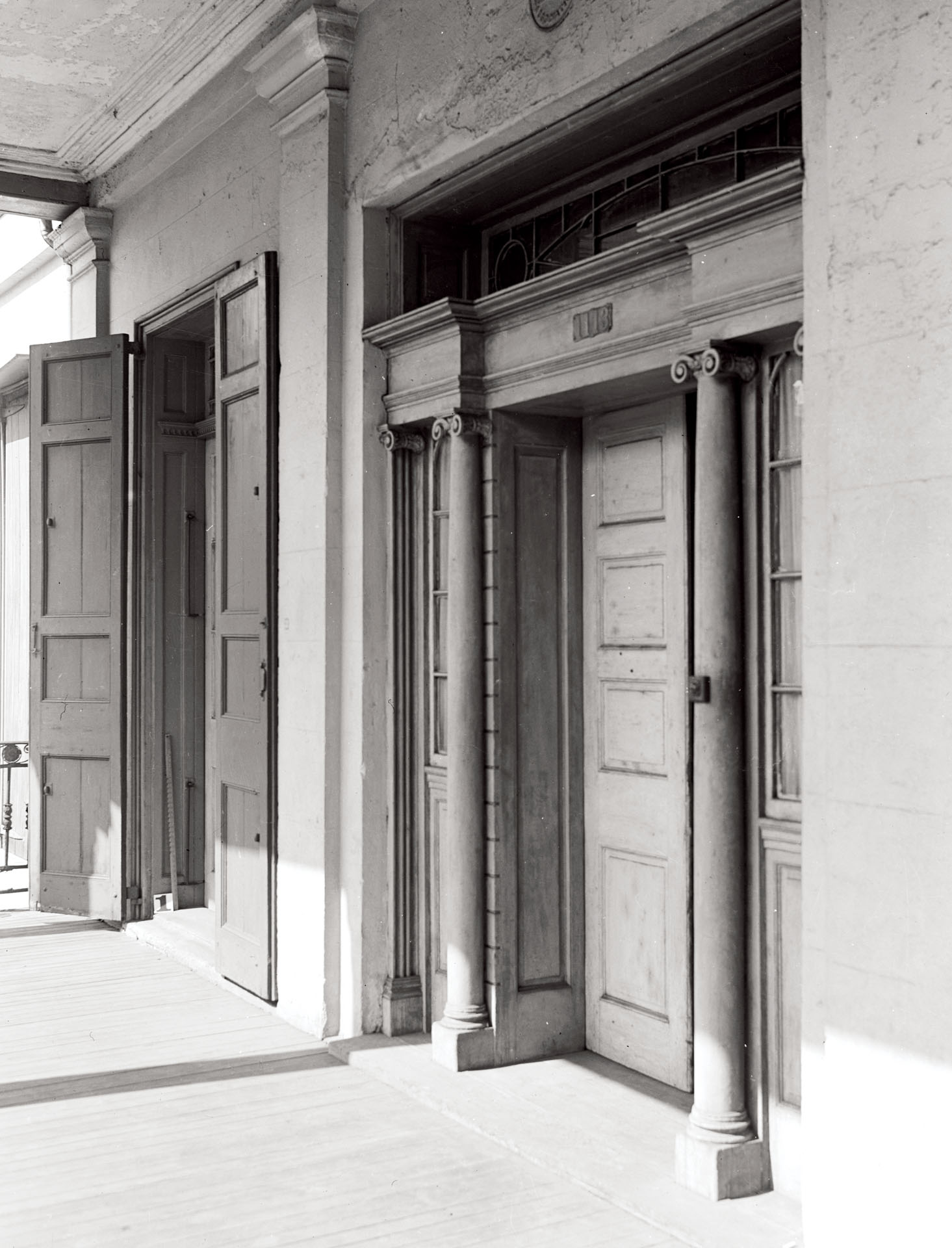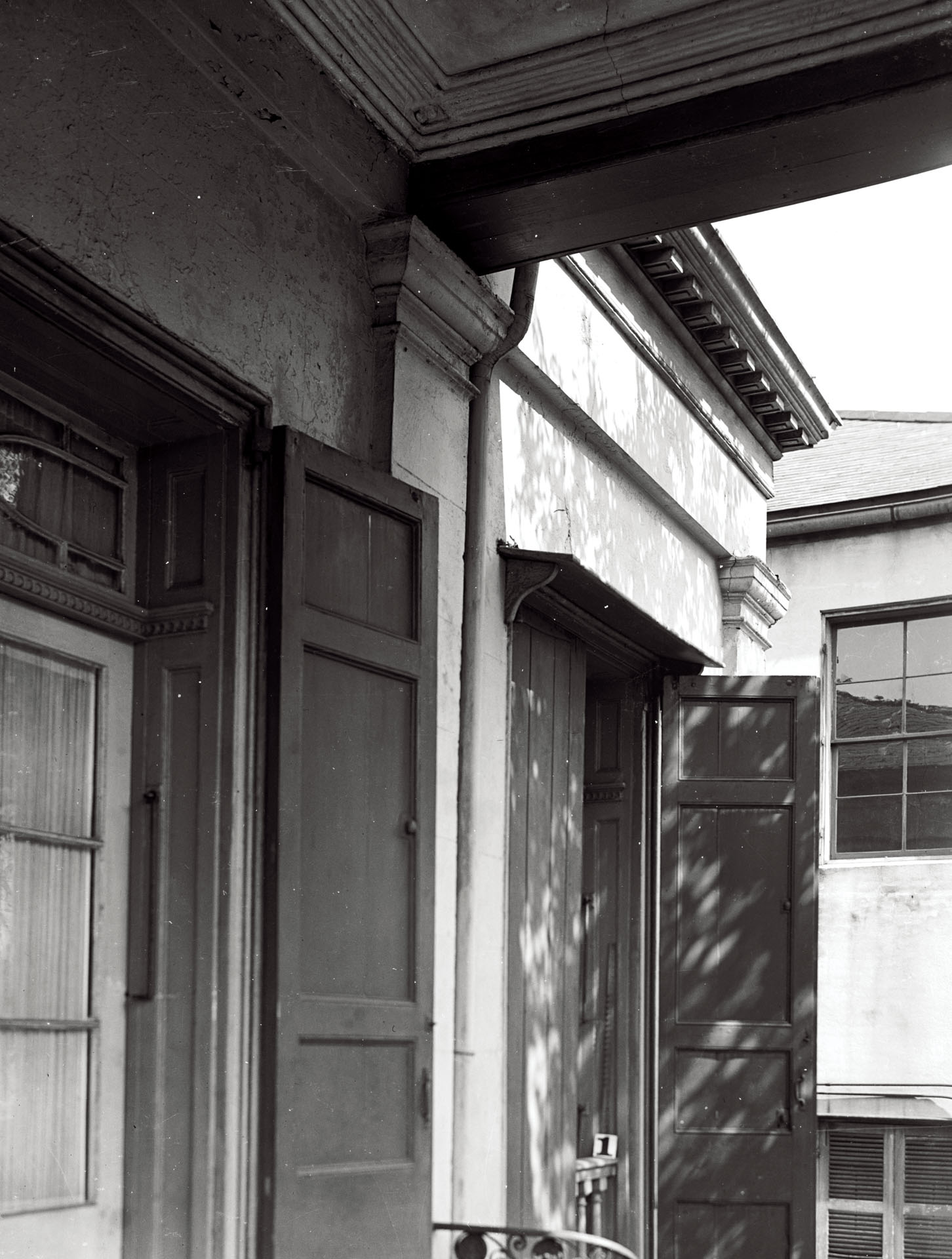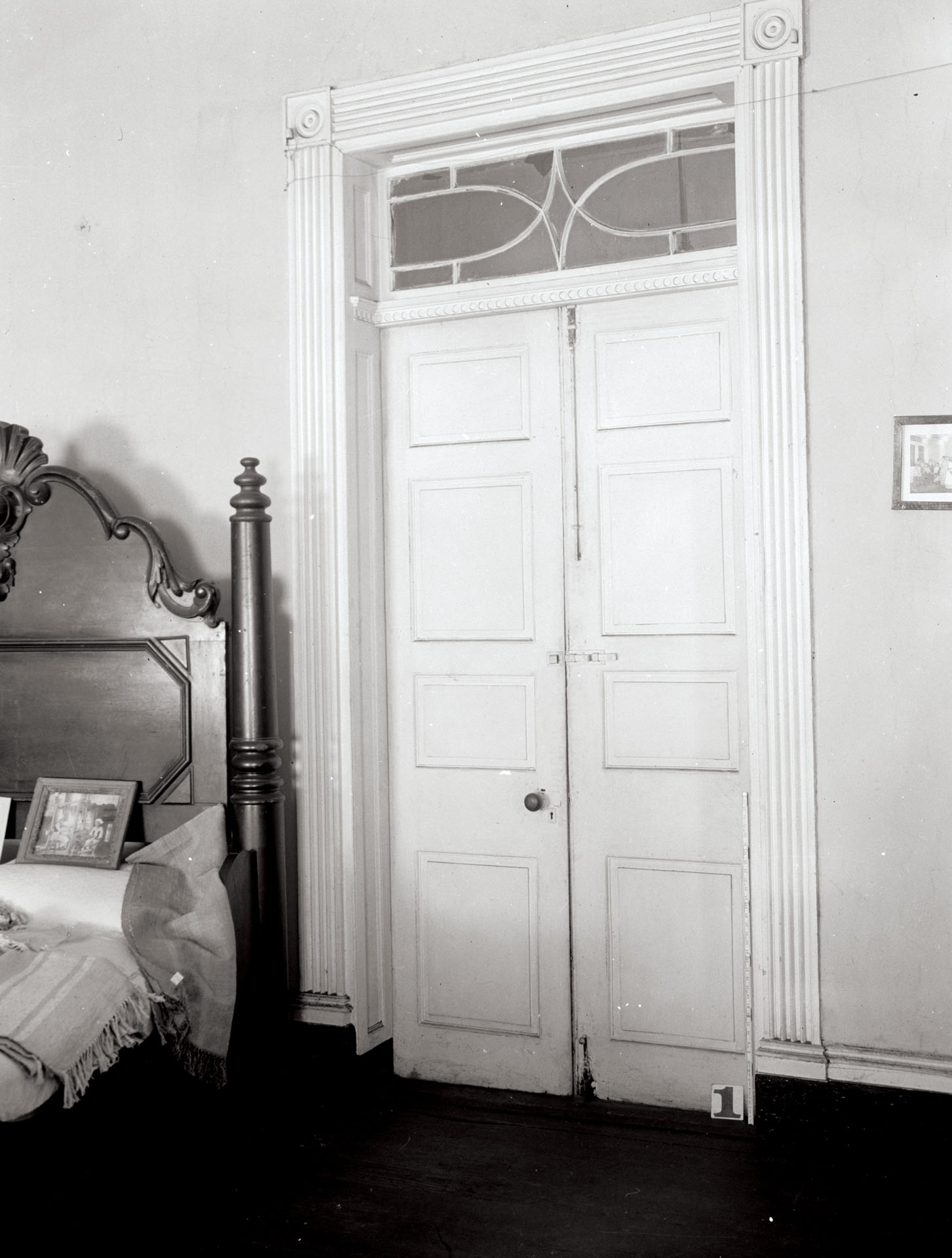The Beauregard-Keyes House is a well-known and documented historic home in the French Quarter of New Orleans, Louisiana. The home is located at 1113 Chartres Street and is now a museum dedicated to preserving the stories of the home’s past residents – most notably the Confederate Army General Pierre Gustave Toutant Beauregard and American author Frances Parkinson Keyes for which it gets its name.
The design combines elements of the traditional Creole cottage with prominent Greek Revival features, making it an example of classically inspired architecture infused with a historic New Orleans style.
View the Beauregard-Keyes House gallery
ARCHITECTURAL FEATURES OF THE BEAUREGARD-KEYES HOUSE
With its Palladian façade and pale butternut yellow color, the Beauregard-Keyes House stands out from the rest of the homes in the neighborhood.
The home’s layout and exterior are designed with symmetry and proportion, a hallmark of Southern Greek Revival and classically influenced architecture. The front of the home is adorned with proportionally placed columns and windows. The back of the home mirrors its face – a wraparound porch is adorned with proportionally spaced columns, windows, and doors. The home opens to an open courtyard, positioned squarely with the main structure – an infusion of Southern design with classical Greek influence.
Meanwhile, the interior design and rear elevation are mainly of Creole influence with hardwood floors and detailed classical moulding. There is a large parlor, a ballroom, and a rectangular dining room leading to a porch. The original owner sold the house to Consul of Switzerland John A. Merle in 1933. Merle and his wife, Anais Philippon, added the adjoining parterre garden.
HISTORY OF THE BEAUREGARD-KEYES HOUSE
In 1826, auctioneer Joseph Essau LeCarpentier had a vision for a beautiful estate. To make his dream come true, he hired designer Francois Correjolles and builder James Lambert.
In 1865 the home was purchased by an Italian businessman. Among the first tenants were Confederate General Beauregard, his second wife, and his two sons. The Beauregards occupied the entire home, and to this day, their chamber has its original furnishings.
Next to take ownership of the house was the Giacona family, who faced difficulties with the Sicilian Mafia. Father and son, Pietro and Corrado, shot four members of the “Black-hand Mafia” in the back gallery of the house. Pietro passed away in 1917, and, in 1925, Corrado and his mother placed the house up for auction.
The Times-Picayune published an article on the fascinating history of the house. The publicity earned the attention of prominent architect, preservationist, and military leader, General Allison Owen. The Owen family was associated with the Louisiana Historical Association and fought to save several New Orleans’ historic landmarks, including the Beauregard-Keyes House.
By fortunate accident in 1945, famous author Frances Parkinson Keyes stumbled upon the house while searching for temporary residency. She eventually took ownership of the house and wrote numerous books there. One of her books, titled Madame Castel’s Lodger, tells the story of General Beauregard’s emotional struggles as a twice-widowed Civil War veteran. Her other novel, The Chess Players, was based on the youngest world-famous chess champion Paul Morphy, the grandson of the original owner of the house, LeCarpentier.
Keyes and architect Sam Wilson teamed up to restore the house and established the Keyes Foundation soon after. Following Keyes’s death in 1970, the Beauregard-Keyes House was designated as a museum.


